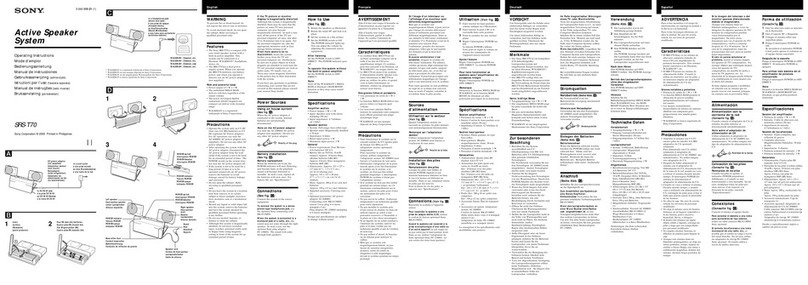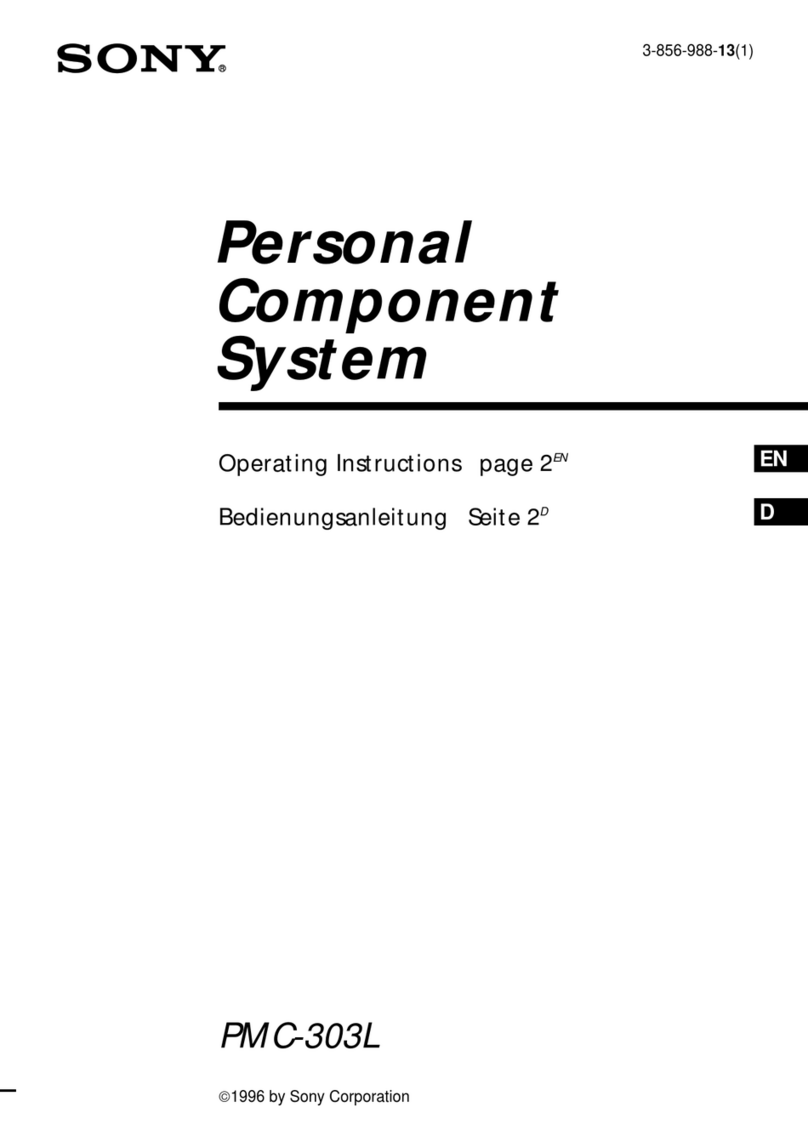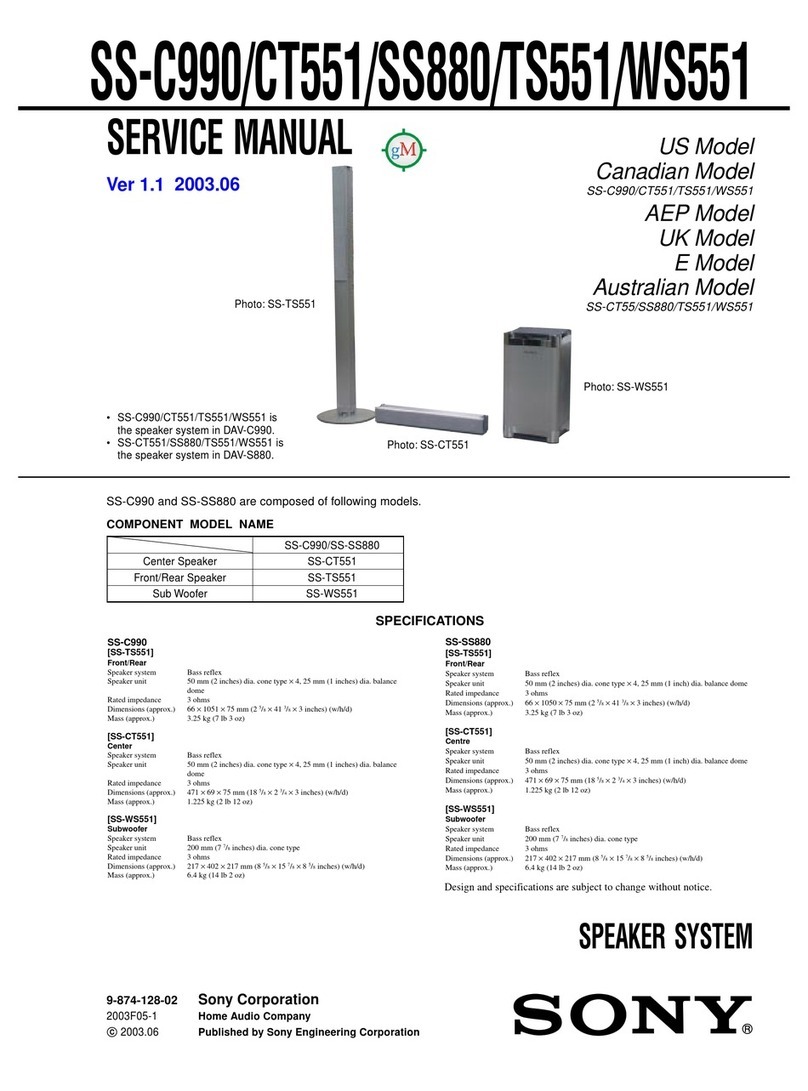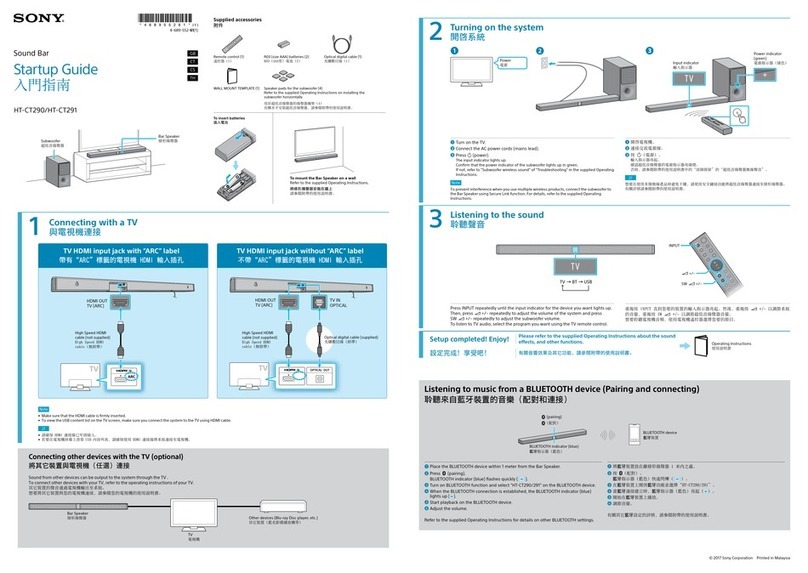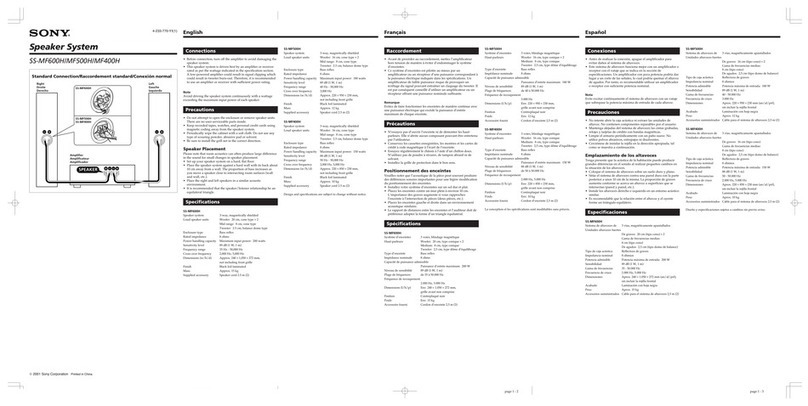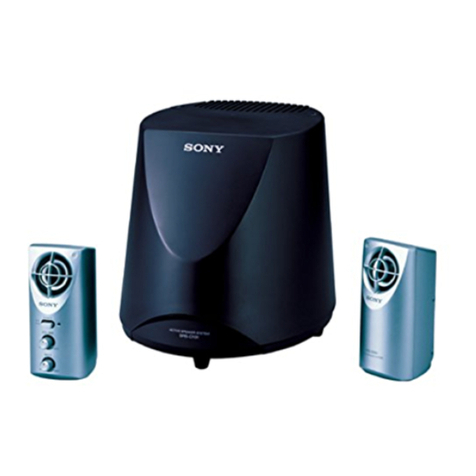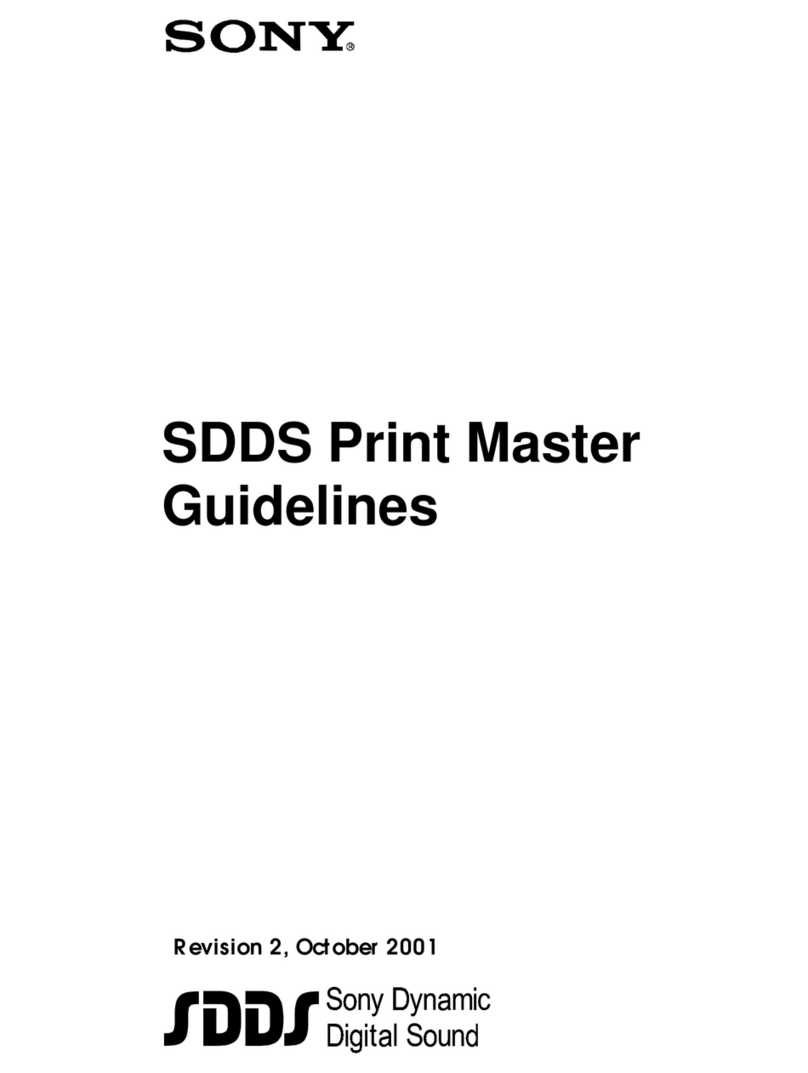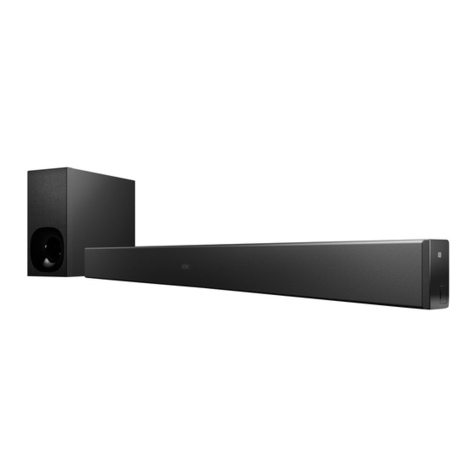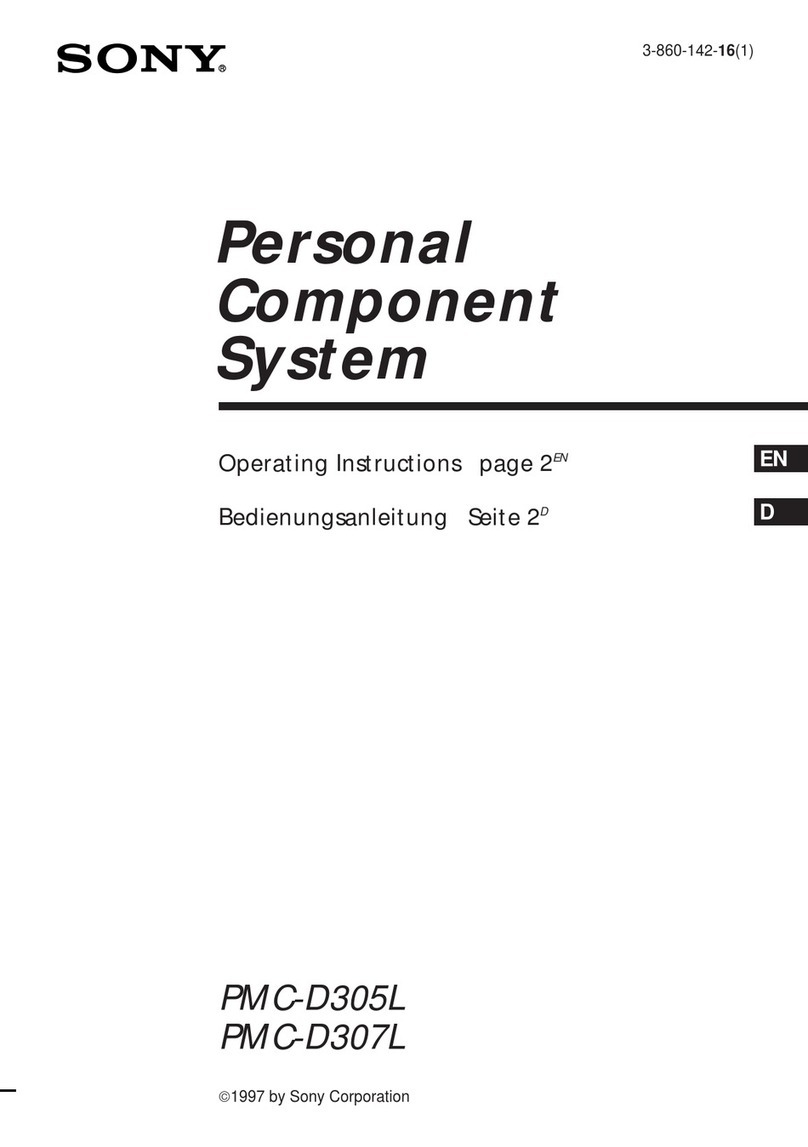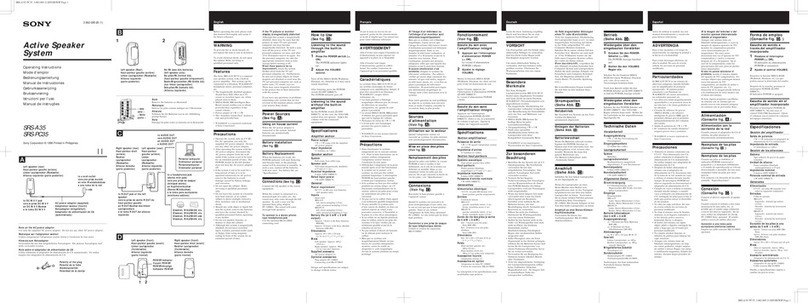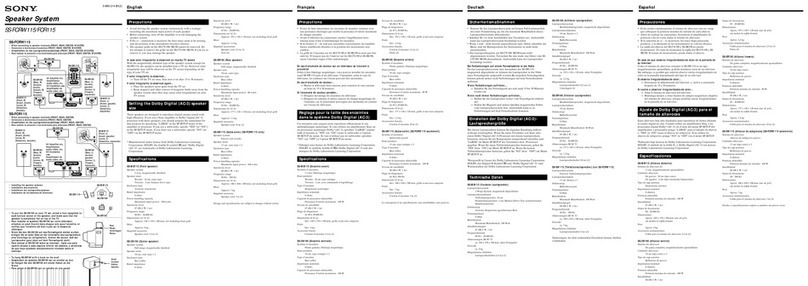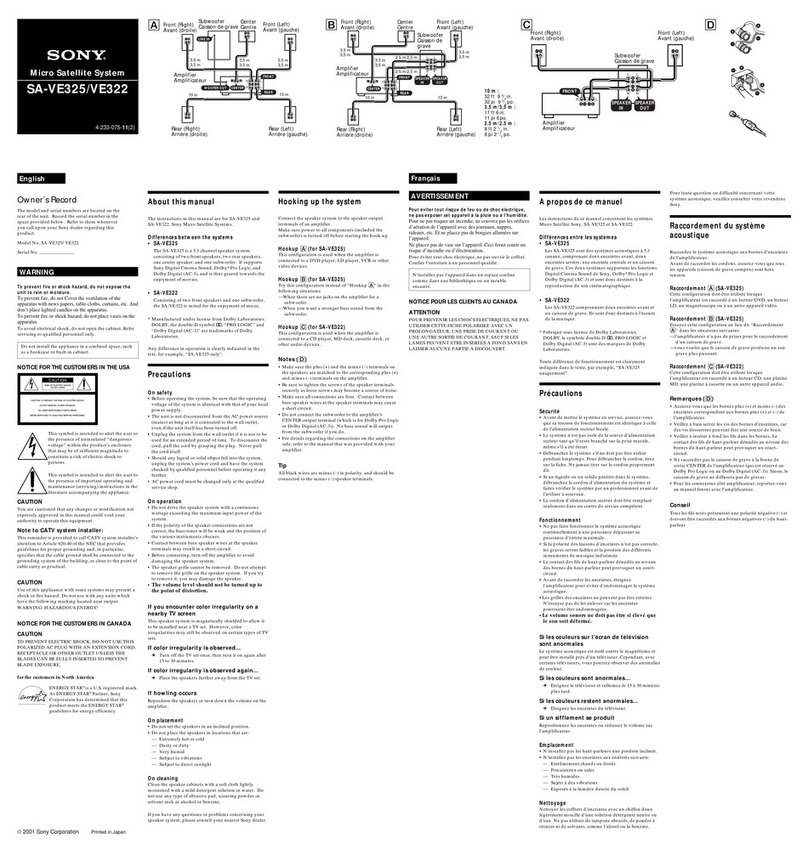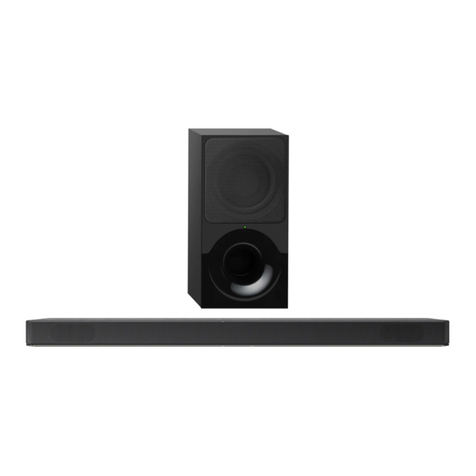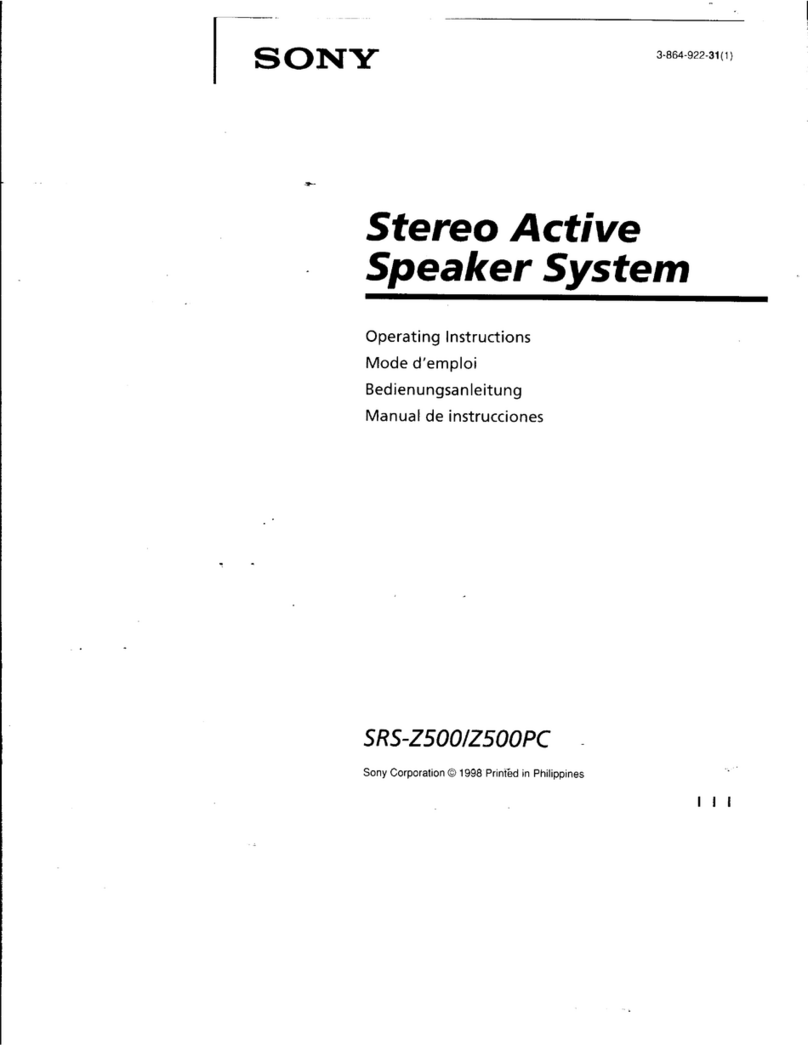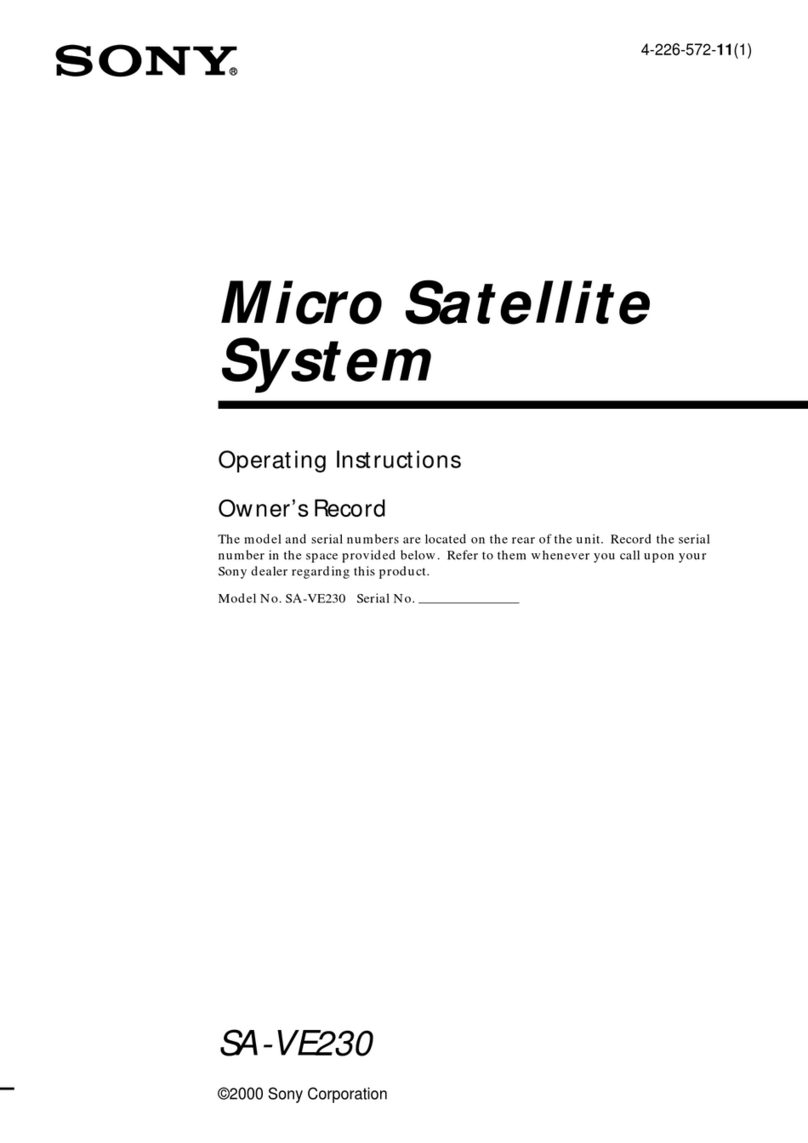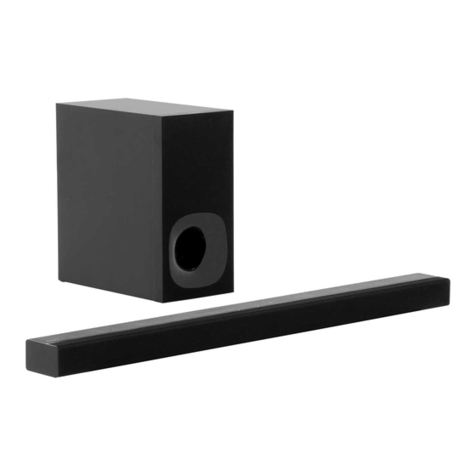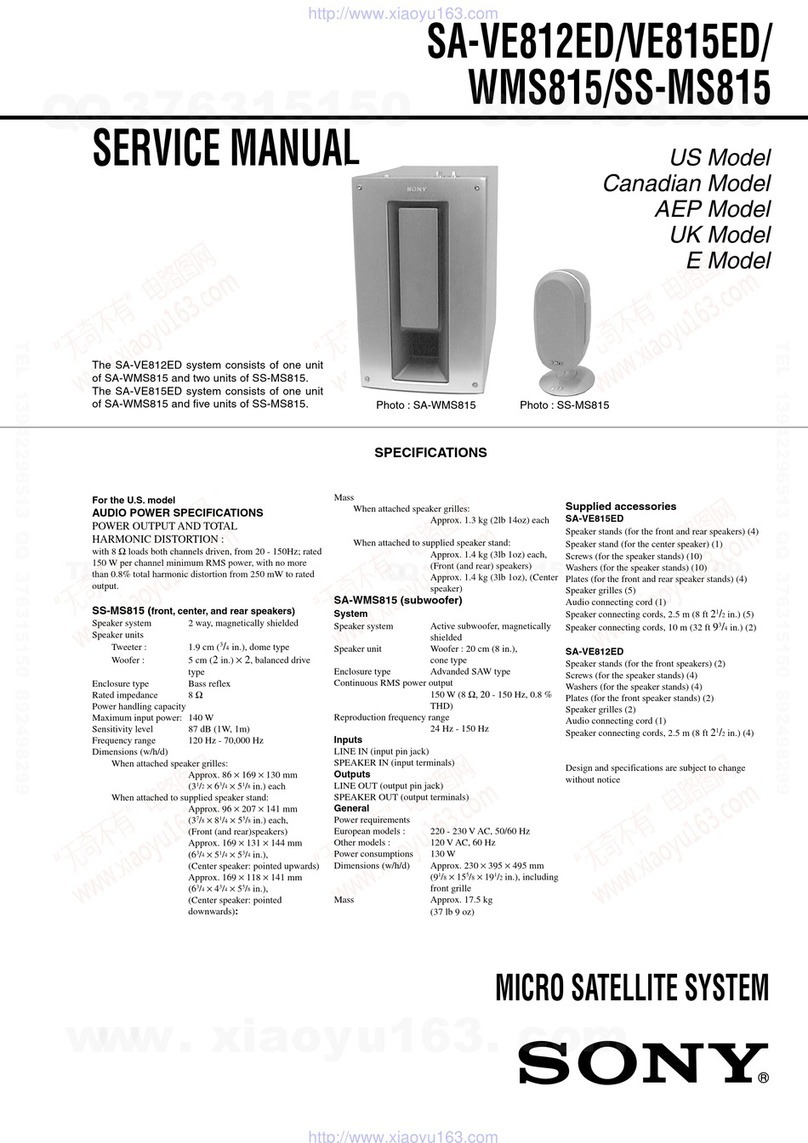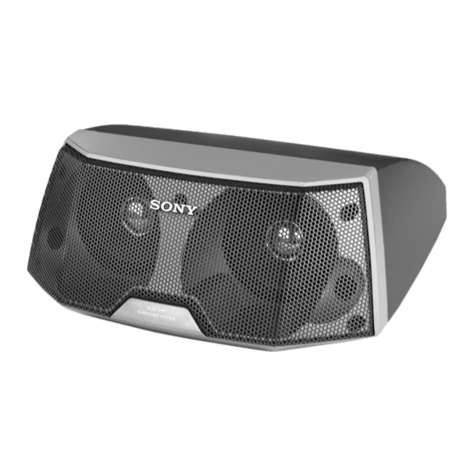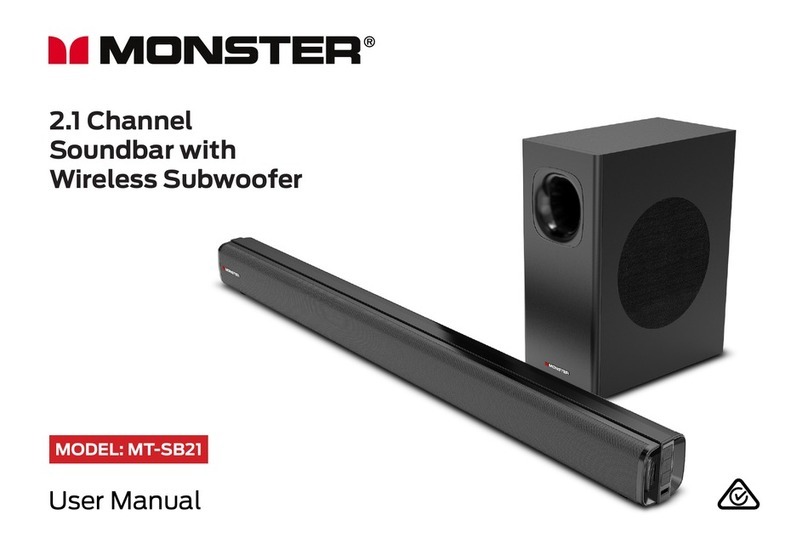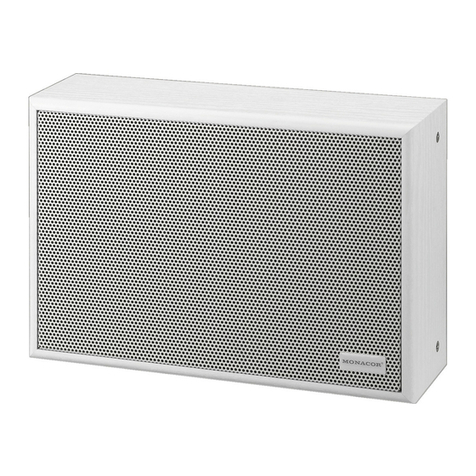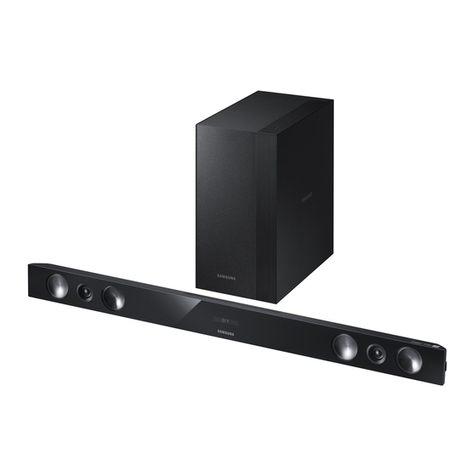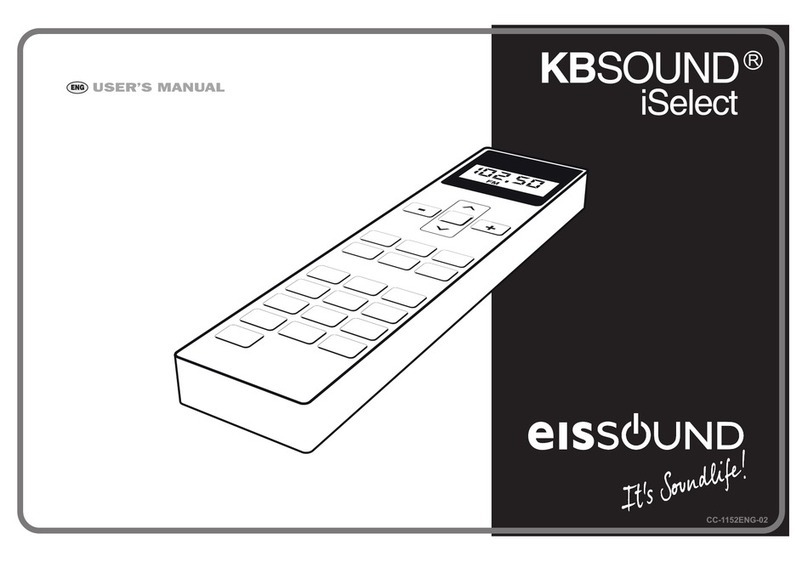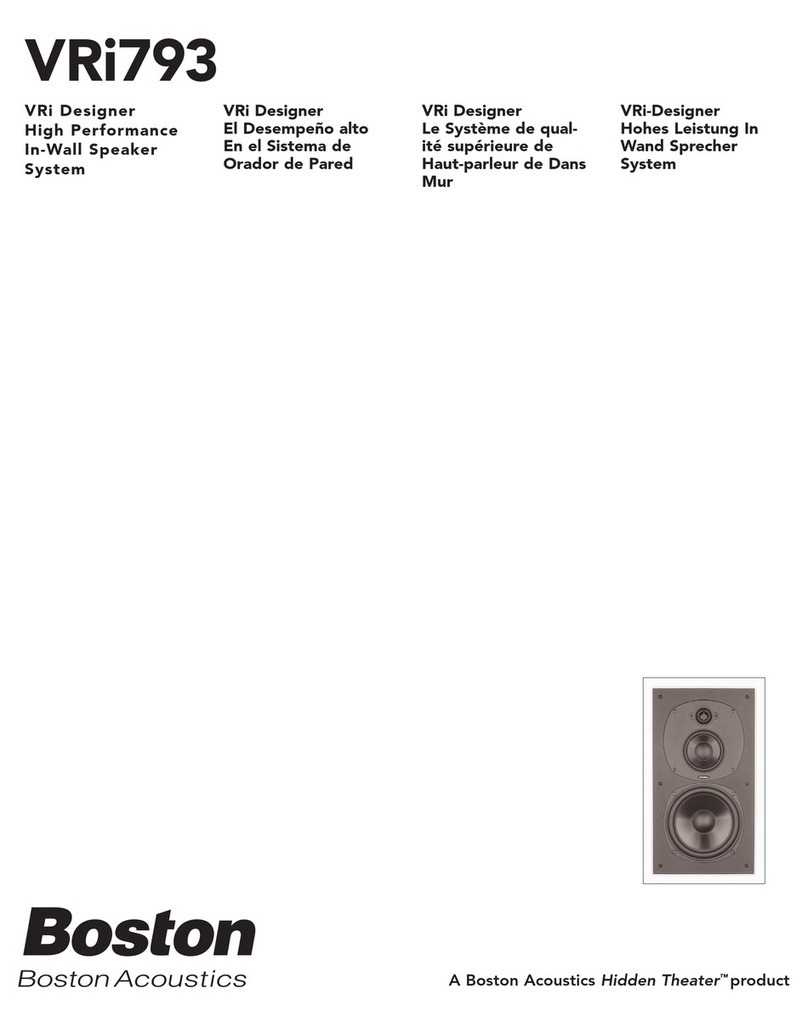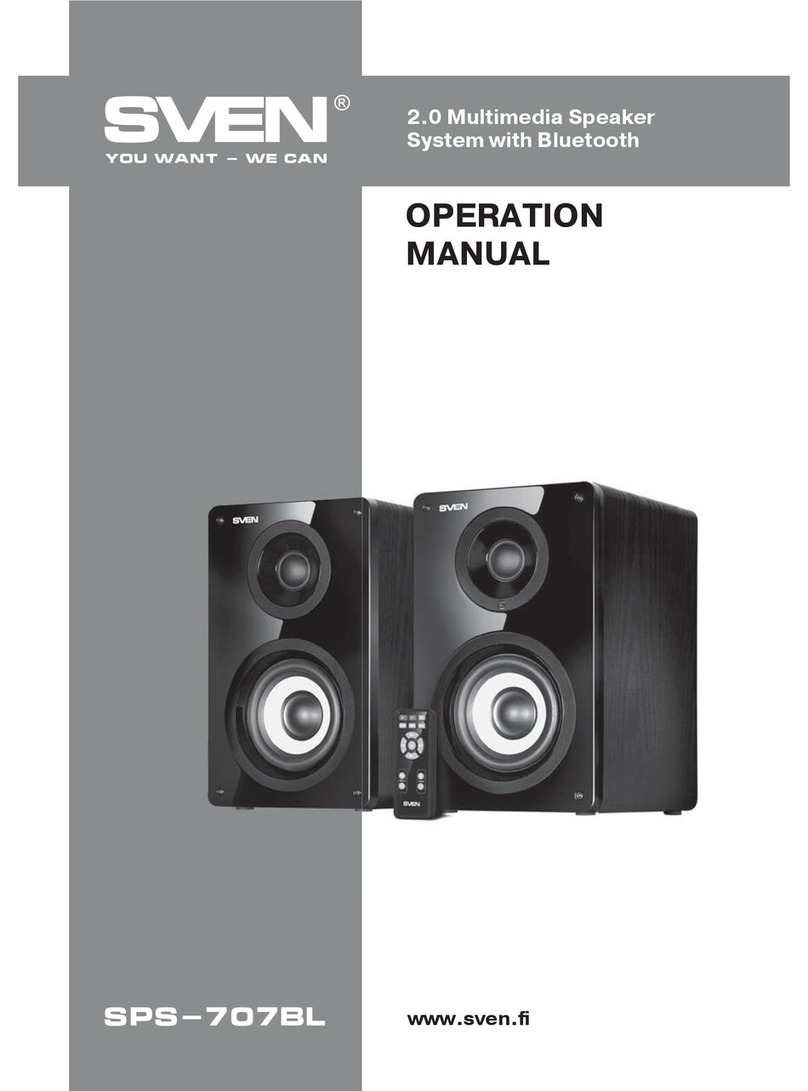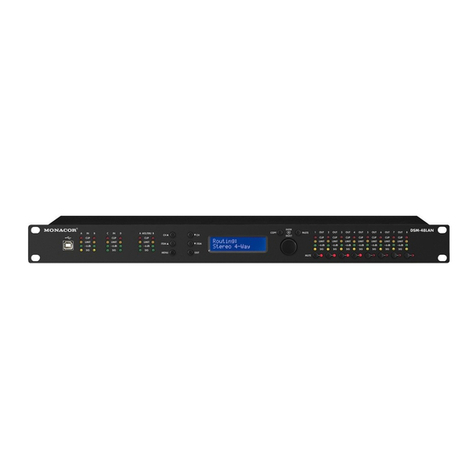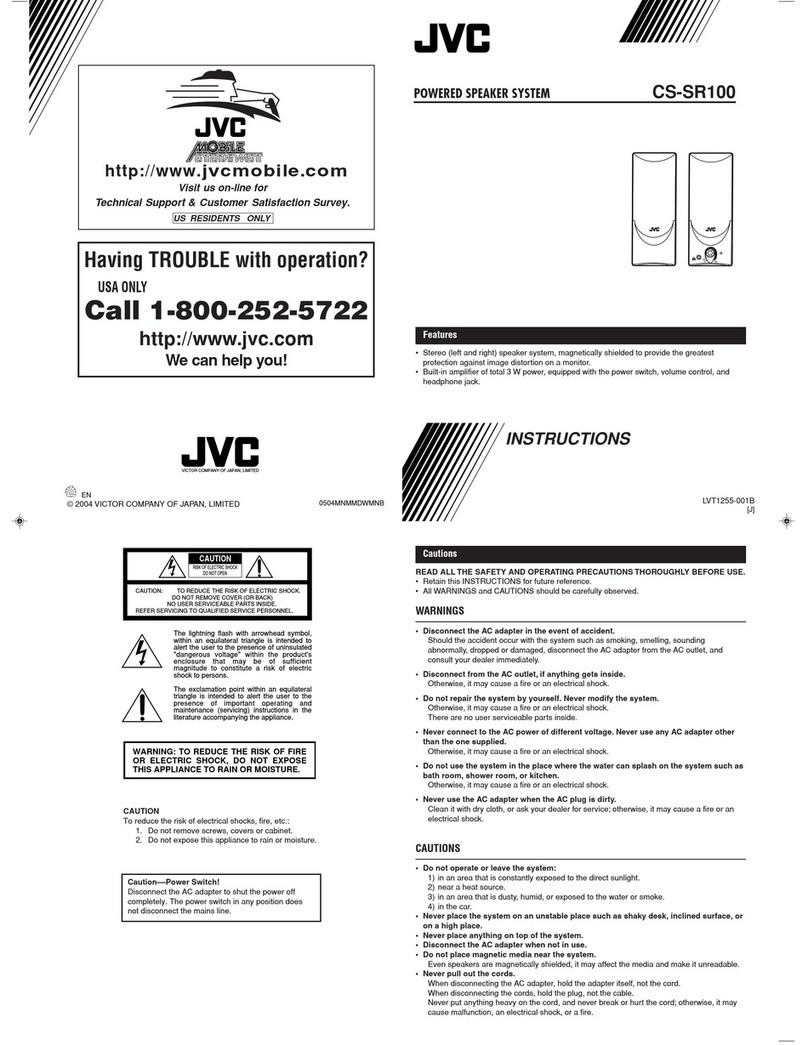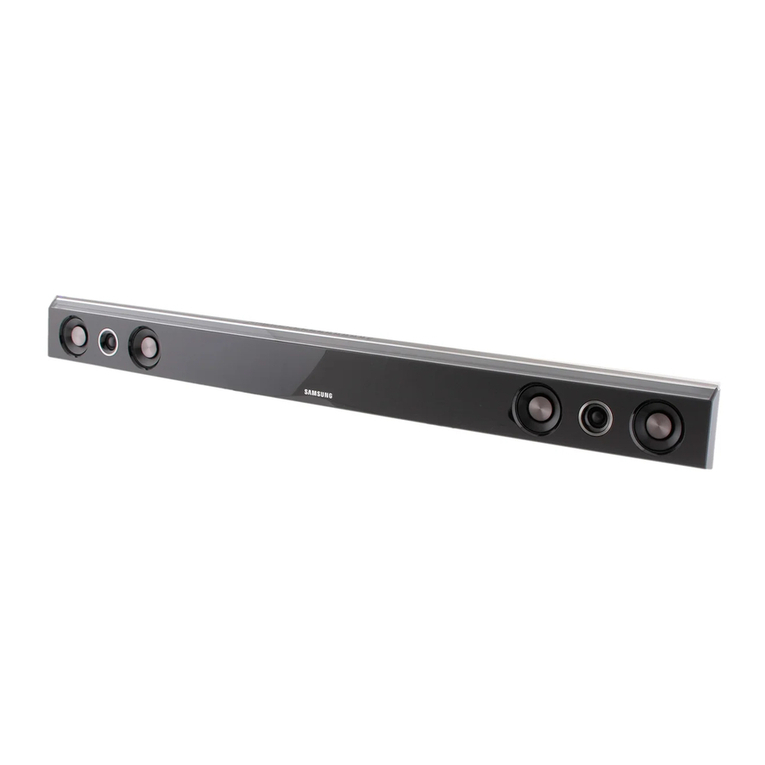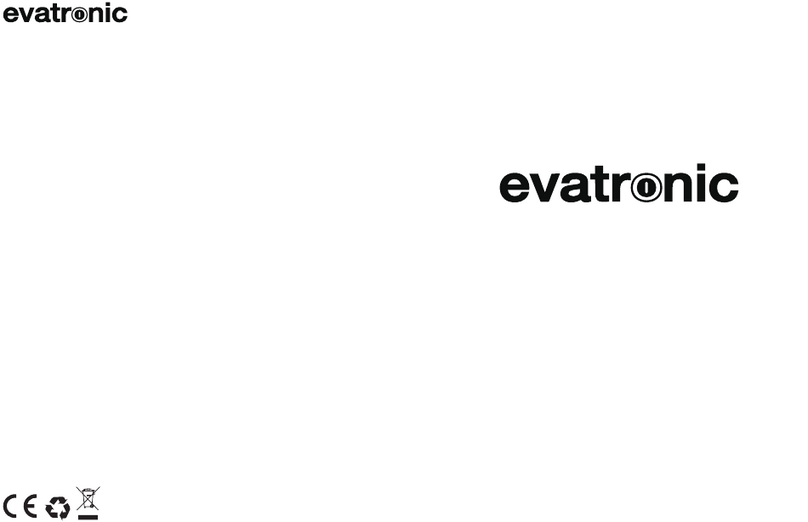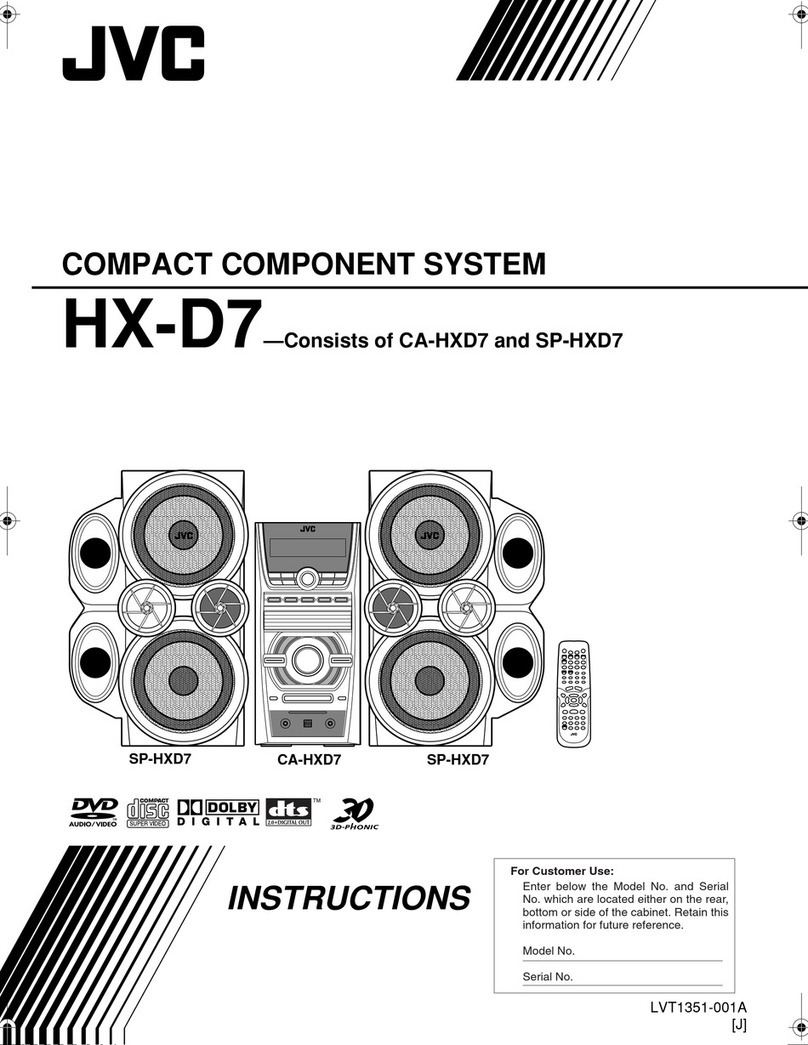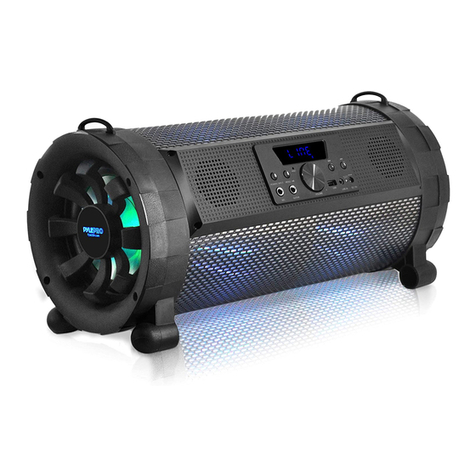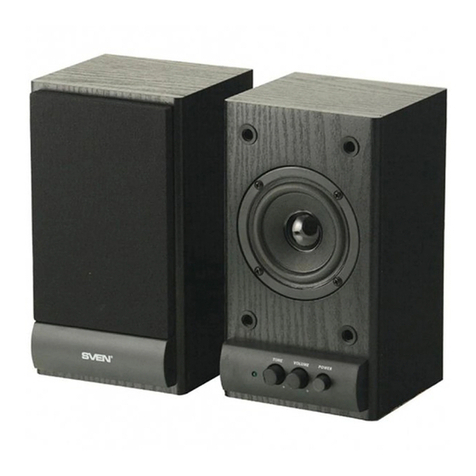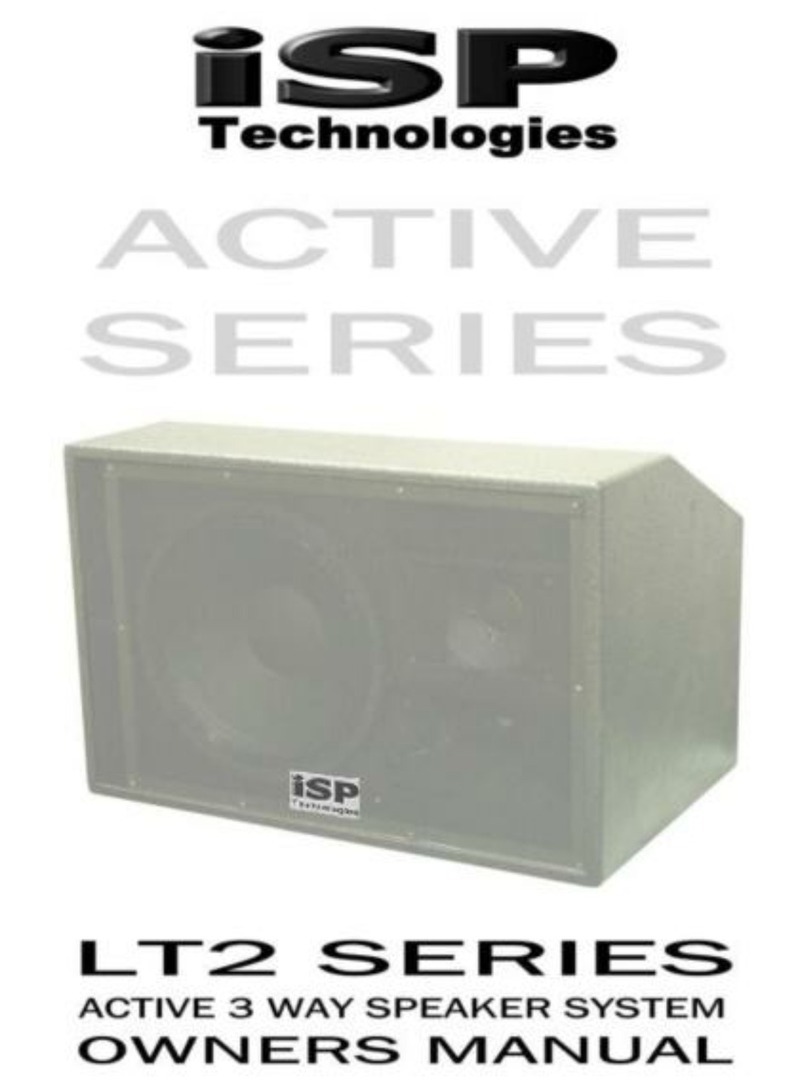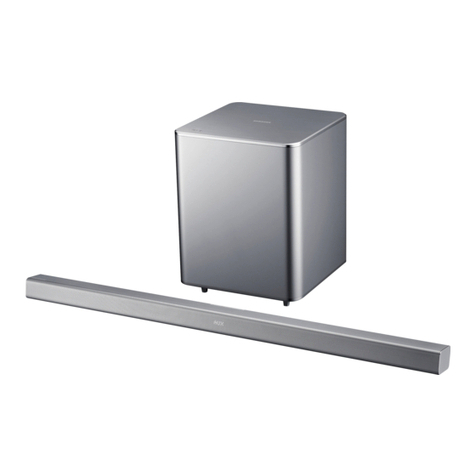3
CX-LDB30/LDB50
TABLE OF CONTENTS
1. SERVICING NOTES ................................................ 4
2. GENERAL ................................................................... 5
3. DISASSEMBLY
3-1. Disassembly Flow ........................................................... 7
3-2. Side Panel (L)(R), Top Panel, Back Panel ....................... 8
3-3. CD Mechanism Section ................................................... 8
3-4. Front Panel Section ......................................................... 9
3-5. Power Transformer .......................................................... 9
3-6. MAIN Board.................................................................... 10
3-7. PANEL Board, CD EJECT Board, JACK Board ............ 10
3-8. Cassette Deck Mechanism............................................... 11
3-9. Cassette Panel .................................................................. 11
3-10. CD Mechanism Deck (CDM80BV-F4BD81) ................. 12
3-11. Chassis (Top) ................................................................... 12
3-12. Lever (Loading R/L)........................................................ 13
3-13. Disc Stop Lever, Disc Sensor Lever ................................ 14
3-14. DRIVER Board ............................................................... 14
3-15. BD Board ......................................................................... 15
3-16. Optical Pick-up (KSM-215CFP/C2NP) .......................... 15
3-17. Base Unit (BU-F4BD81B) .............................................. 16
3-18. Lever (BU Lock) ............................................................. 16
3-19. Close Lever ...................................................................... 17
3-20. DIR Lever, Gear (IDL-B) ................................................ 17
3-21. Gear (IDL-C) ................................................................... 18
4. TEST MODE ............................................................... 19
5. MECHANICAL ADJUSTMENTS......................... 20
6. ELECTRICAL ADJUSTMENTS .......................... 20
7. DIAGRAMS
7-1. Block Diagram — BD Section — ................................... 25
7-2. Block Diagram — MAIN Section — .............................. 26
7-3. Printed Wiring Board — BD Board — ........................... 27
7-4. Schematic Diagram — BD Board — .............................. 28
7-5. Printed Wiring Board
— DRIVER Board, JACK Board — ............................... 29
7-6. Schematic Diagram
— DRIVER Board, JACK Board — ............................... 30
7-7. Printed Wiring Board — MAIN Section (1/2) — ........... 31
7-8. Printed Wiring Board — MAIN Section (2/2) — ........... 32
7-9. Schematic Diagram — MAIN Section (1/5) — .............. 33
7-10. Schematic Diagram — MAIN Section (2/5) — .............. 34
7-11. Schematic Diagram — MAIN Section (3/5) — .............. 35
7-12. Schematic Diagram — MAIN Section (4/5) — .............. 36
7-13. Schematic Diagram — MAIN Section (5/5) — .............. 37
7-14. Printed Wiring Board — PANEL Board — .................... 38
7-15. Schematic Diagram — PANEL Board — ....................... 39
7-16. Printed Wiring Board — PT Board — ............................ 40
7-17. Schematic Diagram — PT Board — ............................... 41
8. EXPLODEDVIEWS
8-1. Panel Section ................................................................... 47
8-2. Front Panel Section ......................................................... 48
8-3. Chassis Section ................................................................ 49
8-4. CD Mechanism Deck Section 1 (CDM80BV-F4BD81) . 50
8-5. CD Mechanism Deck Section 2 (CDM80BV-F4BD81) . 51
8-6. CD Mechanism Deck Section 3 (CDM80BV-F4BD81) . 52
8-7. Base Unit Section ............................................................ 53
9. ELECTRICAL PARTS LIST .................................. 54

